The haunting melodies of Irish folk music have echoed through the misty hills and rugged coastlines of Ireland for over a thousand years. These ancient tunes, passed down through generations, carry the soul of the Celtic people—their joys, sorrows, struggles, and triumphs. Unlike the polished compositions of classical music or the commercial beats of modern pop, Irish folk songs are raw, unfiltered expressions of life itself. They speak of love lost at sea, rebellion against oppression, and the simple beauty of a rural existence intertwined with nature.
At the heart of this musical tradition lies the sean-nós, or "old style," a form of unaccompanied singing that demands both technical mastery and deep emotional resonance. The singer’s voice bends and twists around the notes, mimicking the natural rhythms of the Irish language itself. There are no strict rules—only an unspoken understanding that the song must live and breathe as if it were being born anew with each performance. This style is not meant for grand concert halls but for intimate gatherings in dimly lit pubs or by the fireside, where the boundary between performer and audience dissolves into shared experience.
Instruments like the fiddle, tin whistle, and uilleann pipes give Irish folk its distinctive sound—one that can shift from melancholic to jubilant in a single phrase. The fiddle’s bow dances across strings with a wild energy, while the uilleann pipes (Ireland’s quieter, more complex answer to the Scottish bagpipes) produce melodies that seem to weep and laugh simultaneously. These instruments don’t merely play notes; they tell stories. A skilled musician can make a fiddle mimic the cry of a seabird or the howl of a winter wind, transporting listeners to another time and place.
The themes woven into these songs reflect the collective memory of a people shaped by hardship and resilience. Ballads like "The Fields of Athenry" recount the devastation of the Great Famine, while rebel songs such as "Óró Sé do Bheatha 'Bhaile" stir the spirit of resistance against colonial rule. Yet there’s also room for whimsy and wit—playful tunes about drunken misadventures or clever rogues who outsmart the authorities. This balance between tragedy and humor is quintessentially Irish: a recognition that life’s darkness is best faced with a defiant smile and a song on one’s lips.
What makes Celtic music endure isn’t just its historical significance but its ability to evolve without losing its essence. Contemporary artists like Lankum and Lisa O’Neill reinterpret traditional material through a modern lens, experimenting with dissonance and unconventional arrangements while staying true to the music’s emotional core. Meanwhile, festivals like the Fleadh Cheoil keep older traditions alive by bringing together musicians of all ages to play, compete, and pass on their knowledge. The result is a living tradition—one that honors its roots while continually branching outward.
To listen to Irish folk music is to hear the voice of a people who have weathered centuries of change yet held fast to their identity. It’s a reminder that some things—the pull of home, the weight of history, the catharsis of song—transcend time. As long as there are voices to sing and ears to listen, these melodies will continue their eternal journey, carried on the wind from one generation to the next.

By /Aug 8, 2025
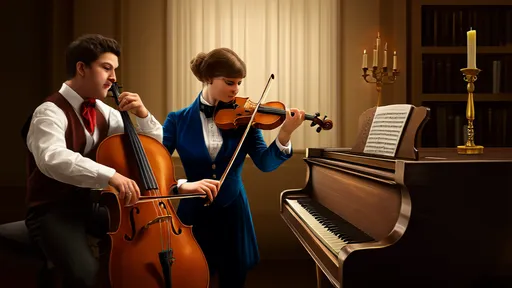
By /Aug 8, 2025
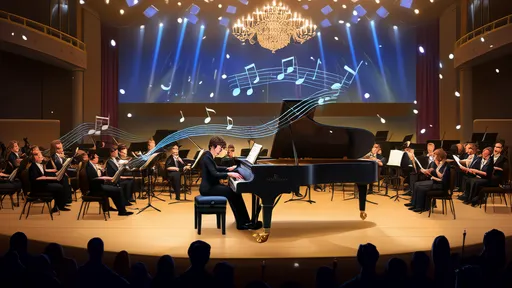
By /Aug 8, 2025
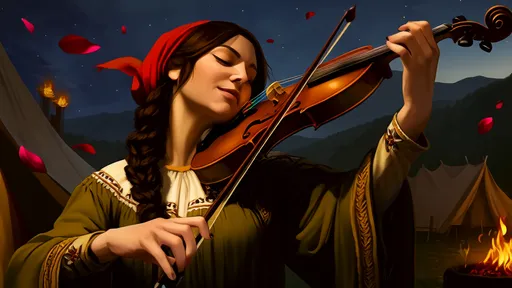
By /Aug 8, 2025
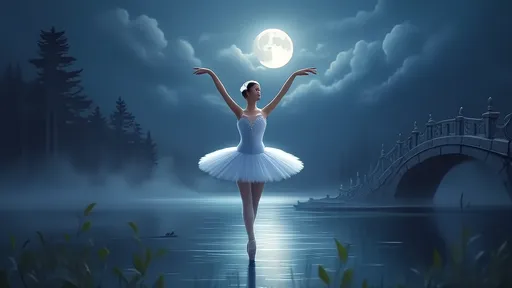
By /Aug 8, 2025

By /Aug 8, 2025
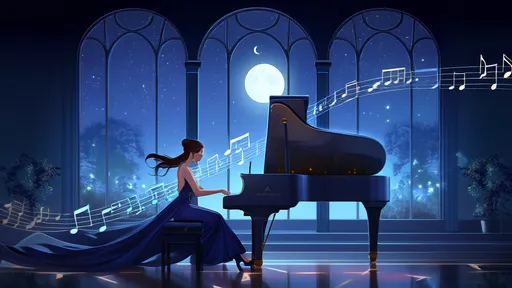
By /Aug 8, 2025
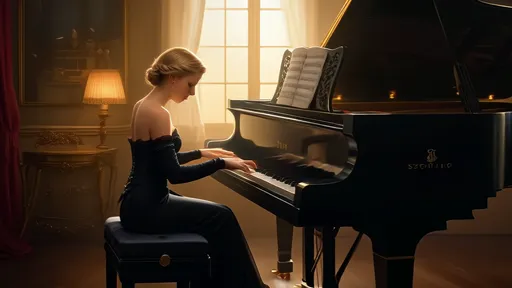
By /Aug 8, 2025
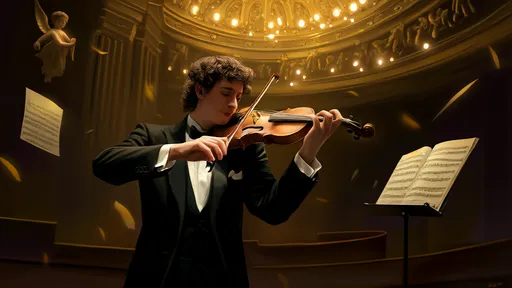
By /Aug 8, 2025
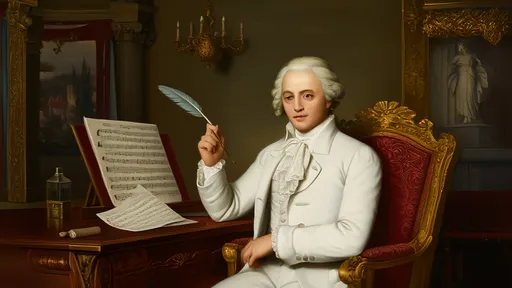
By /Aug 8, 2025
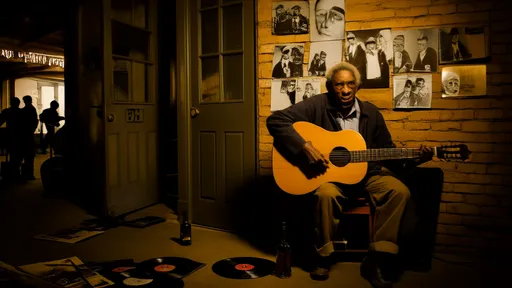
By /Aug 7, 2025
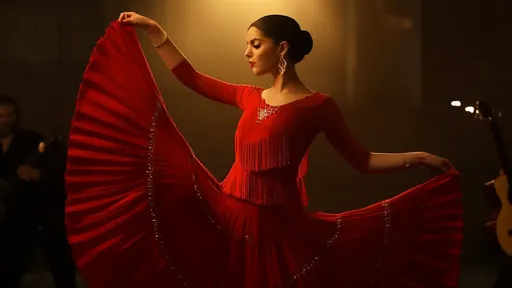
By /Aug 7, 2025

By /Aug 7, 2025
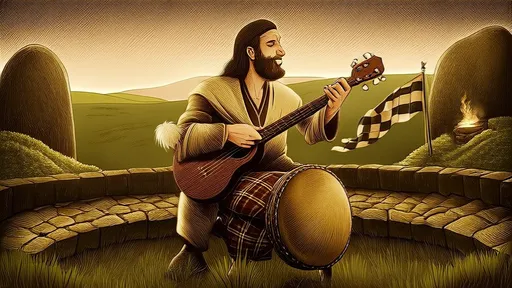
By /Aug 7, 2025
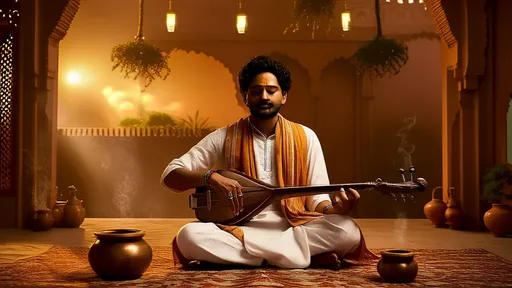
By /Aug 7, 2025
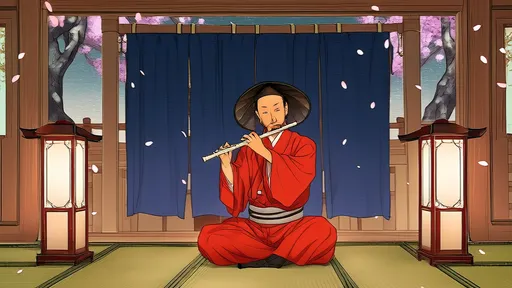
By /Aug 7, 2025
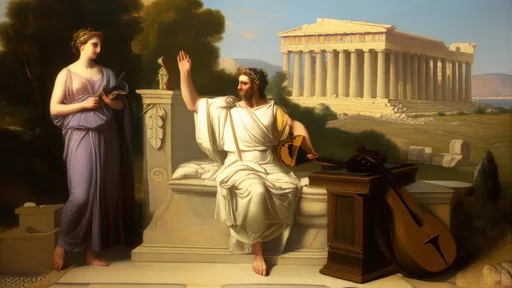
By /Aug 7, 2025
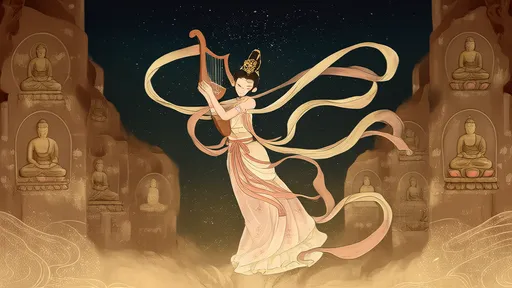
By /Aug 7, 2025
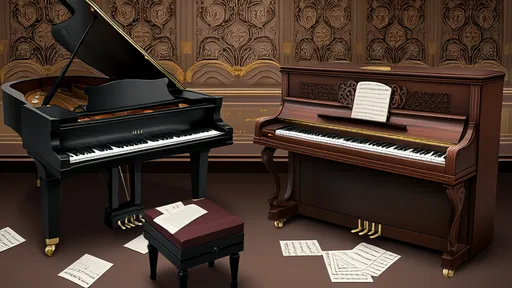
By /Aug 7, 2025
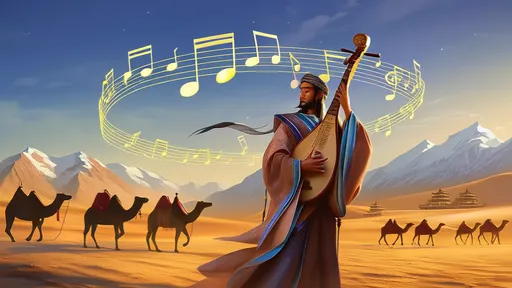
By /Aug 7, 2025